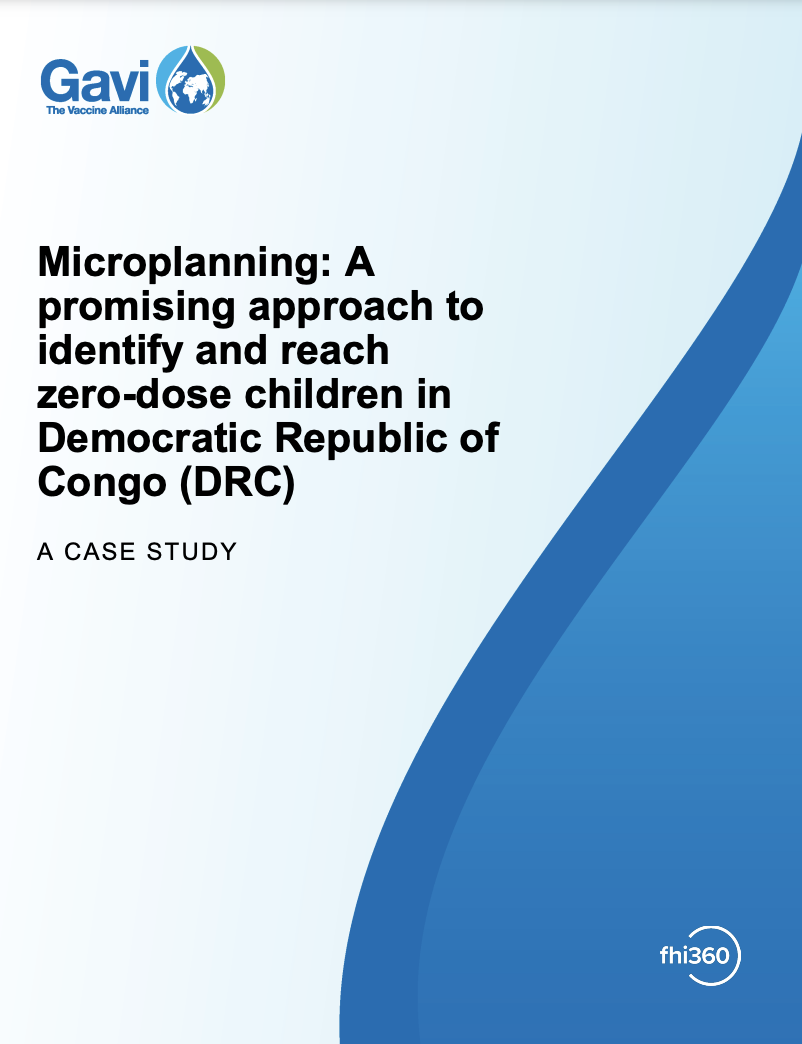RESEARCH
Classifying settlement types from multi-scale spatial patterns of building footprints
Urban settlements and urbanised populations continue to grow rapidly and much of this transition is occurring in less developed countries. Remote sensing techniques are now often applied to monitor urbanisation and changes in settlement patterns. In particular, increasing availability of very high resolution imagery (<1 m spatial resolution) and computing power is enabling complete sets of settlement data in the form of building footprints to be extracted from imagery.
This work demonstrates an approach to classifying settlement types through multi-scale spatial patterns of urban morphology visible in building footprint data extracted from very high resolution imagery.
| Authors | Warren C Jochem, Douglas R Leasure, Oliver Pannell, Heather R Chamberlain, Patricia Jones, Andrew J Tatem |
|---|---|
| Source | Environment and Planning B |
| Published | 01 May 2020 |



